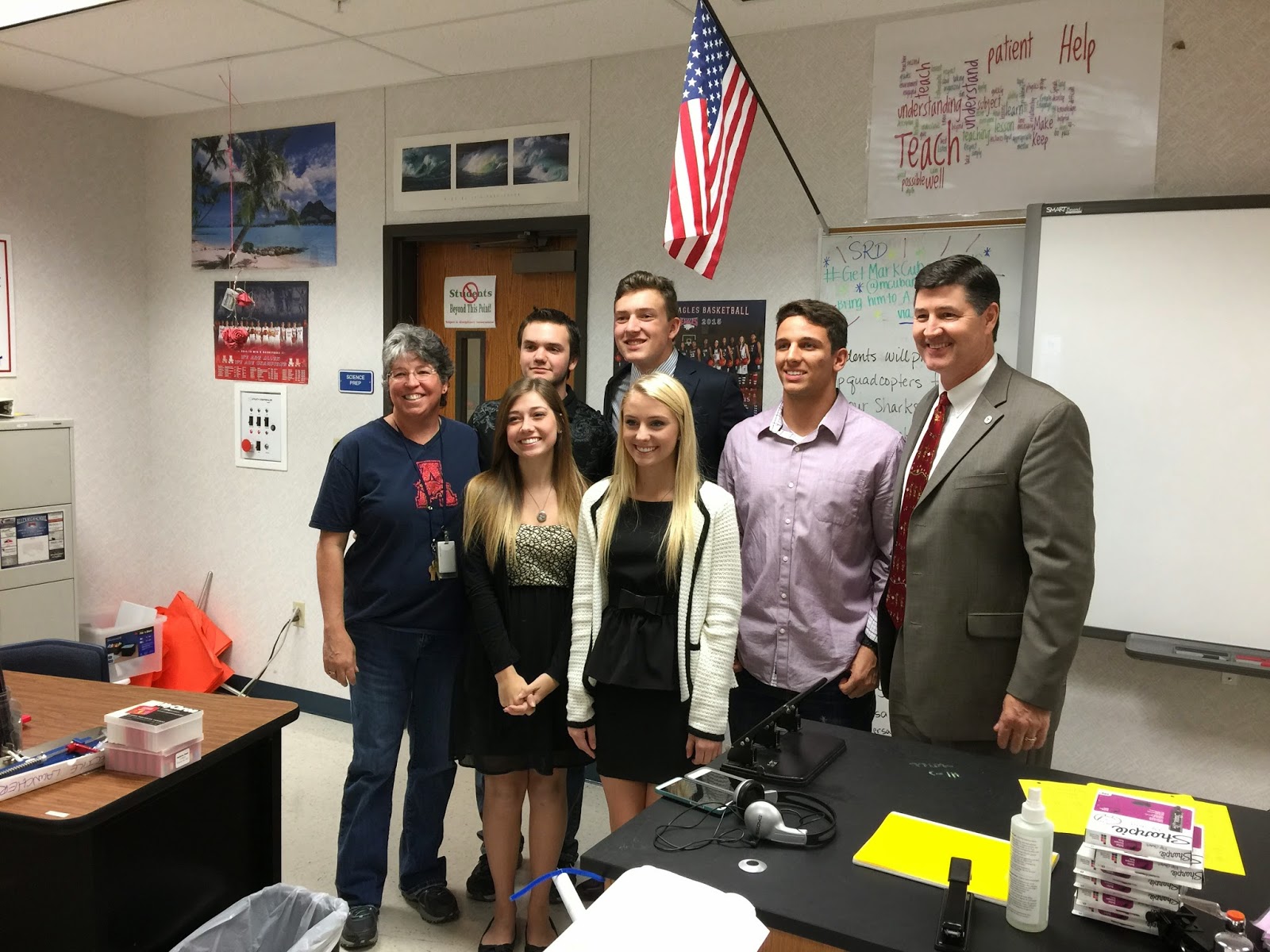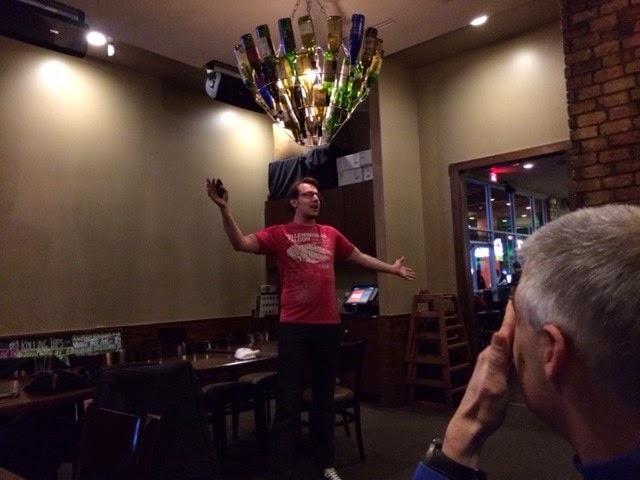Teaching Scientific Research and Design as a Project –Based Learning
course has been an evolution. What started out as short projects (2 – 6 week
duration) has become a course with an intro project, a yearlong project and an
end-of-year field trip and project. I am following Buck
Institute’s PBL Model.
Challenging Problem or Question: Design and build a solar powered charging
station that can be placed in the school for student use.
Sustained Inquiry: Research requirements to build the
station. Research building codes. Experiment to find the best placement of the
stations Experiment with solar panels, circuitry. Experiment to create robust
design. More experiments to come.
Authenticity: This is all done by the students. They have
created the designs and plans, chosen the parts and will build the stations. They
are excited about leaving a legacy at Allen High School. They will also chose
the challenge for next year’s students.
Student Voice and Choice: Once again, it is all them. They
were given the basic requirements and created designs that met or were so
amazing the original requirements were adjusted. Students created their plans
and will have to find their way to success.
Reflection: My students are blogging throughout the process.
I want them to understand that they decide when the work is done. They can make
the change and learn from their mistakes.
 Critique and Revision: This is constant. The first round of
proposals was for the class to choose some they want to build. The second round
(with one day to revise) was for administration to have some input.
Critique and Revision: This is constant. The first round of
proposals was for the class to choose some they want to build. The second round
(with one day to revise) was for administration to have some input.
Public Product: The final stations will be our public
product, but in the meantime student’s participated in an administrator’s
sharktank and will continue blogging.
Key Knowledge and Learning Success for Students: So many
skills fall into this category. Every day there is something new for the students
to learn. Since my course objectives are scientific process skills there is not
an issue with state objectives. Students are constantly planning and performing
experiments, researching, working cooperatively, problem solving, revising, and
communicating. They are also learning how to love learning.
We’re busy learning in my classroom. Every day is an
adventure. I’m learning along with the students and loving every minute of
every class.
























